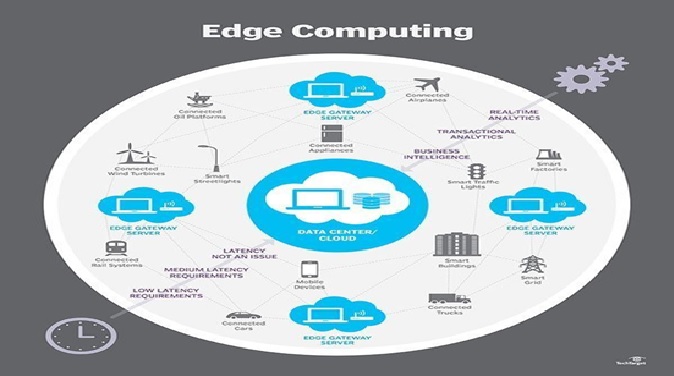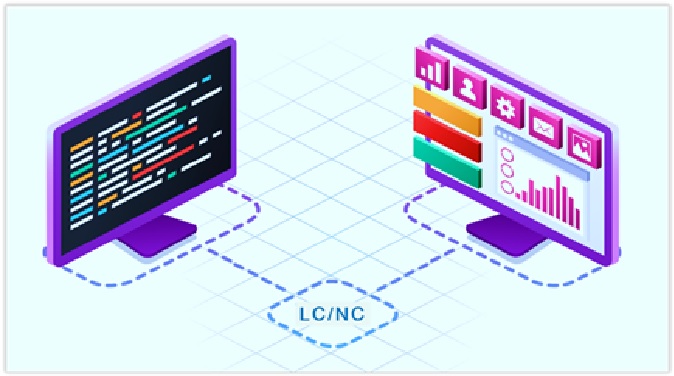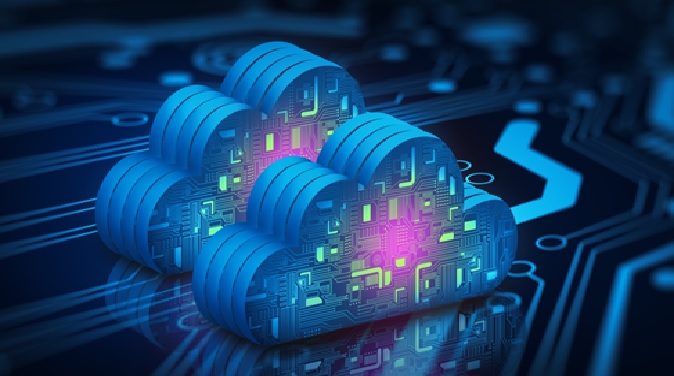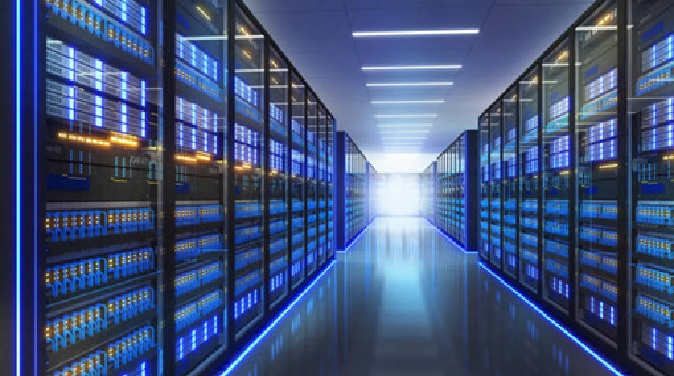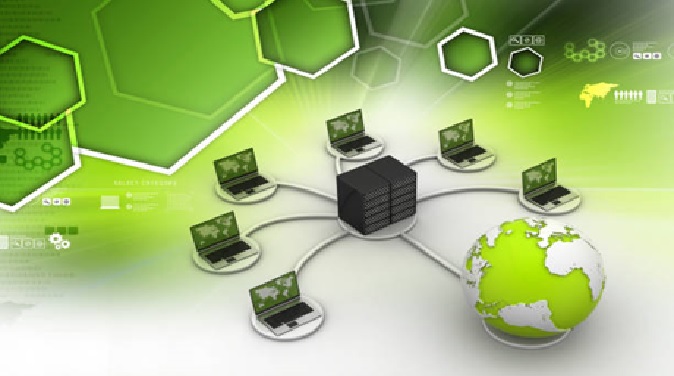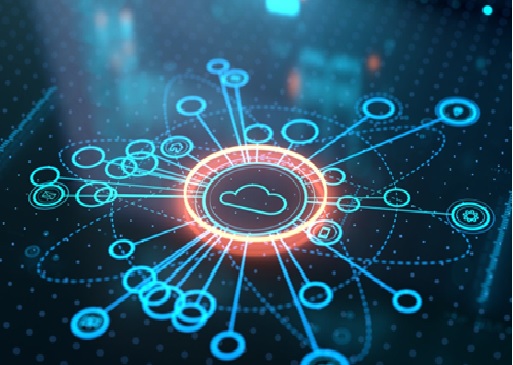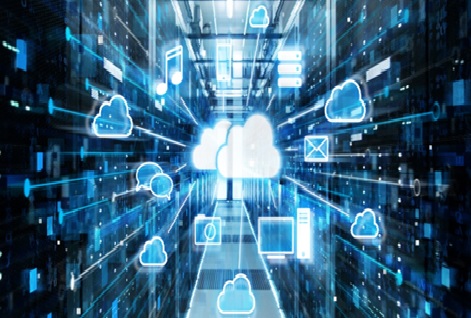Cloud Cost Optimization
Cloud providers are investing in green computing initiatives, such as renewable energy and energy-efficient infrastructure, to reduce their carbon footprint and meet sustainability goals.
Green computing (also known as green IT or sustainable IT) is the design, manufacture, use and disposal of computers, chips, other technology components and peripherals in a way that limits the harmful impact on the environment, including reducing carbon emissions and the energy consumed by manufacturers, data centers and end-users. Green computing also encompasses choosing sustainably sourced raw materials, reducing electronic waste and promoting sustainability through the use of renewable resources.

Figure 1. Green Cloud Computing
Green Cloud Computing is shown in figure 1. A green cloud is an approach to cloud computing that aims to reduce energy consumption and environmental impact when deploying digital devices and systems. Cloud services are inherently more sustainable than on-premises IT infrastructure.
The importance of green computing:
The key mission of green computing is to reduce energy consumption. This not only cuts energy costs for organizations, but it also reduces carbon footprints, particularly of IT assets.
Goals of Green Cloud Computing:
The objectives of green cloud computing architecture are to minimize the usage of hazardous materials, amplify the energy proficiency of the product throughout its lifetime, and advance the recyclability or biodegradability of factory waste. Continuous research is being done into key areas, for example, utilizing PCs as energy-efficient as could really be expected, and designing algorithms and frameworks for effectiveness related computer advancements. There are a few ways to deal with green figuring, in particular.
- Product longevity
- Algorithmic efficiency
- Virtualization
- Resource allocation
- Power Management
The goal of the green cloud architecture is to lower data center power usage. The key benefit of green cloud computing architecture is that it ensures real-time performance while lowering the IDC’s energy usage (internet data center). The concept of “going green” has been around since 1992. Despite its drawbacks, green cloud computing is a notion being researched to rescue our environment. The concept is changing and evolving, yet it is critical for reducing carbon emissions in the environment.
References:
- https://www.simplilearn.com/trends-in-cloud-computing-article
- https://www.ibm.com/cloud/blog/green-computing
- https://www.openaccessgovernment.org/the-green-cloud-how-cloud-computing-can-help-the-public-sector-achieve-energy-efficiency
- https://peoplactive.com/green-cloud-computing/
- https://medium.com/geekculture/green-cloud-computing-db74a9c55c0e
Cite this article:
Gokula Nandhini K (2023), Increased Focus on Green Computing Initiatives, AnaTechMaz, pp.65



